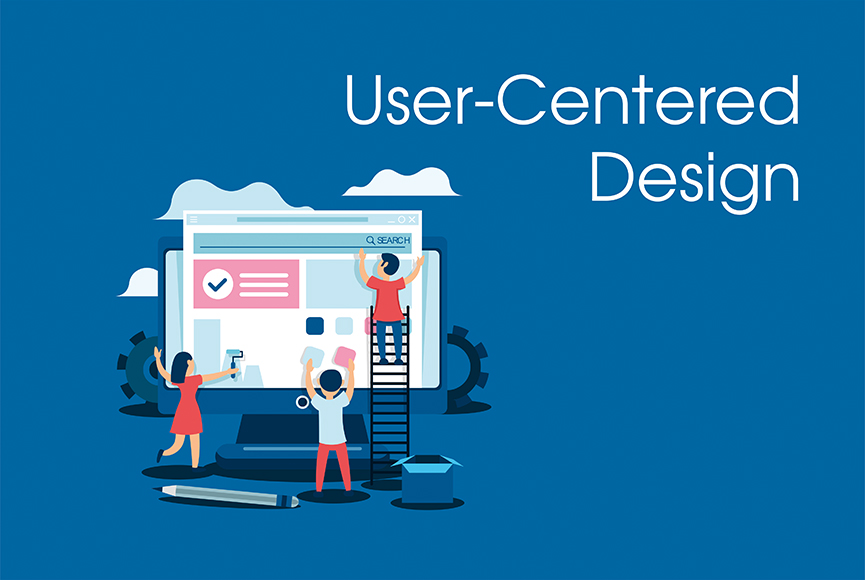Introduction:
The field of web design is constantly evolving, driven by advancements in technology, changes in user behavior, and emerging design trends. In this article, we will delve into the latest trends in web design and explore modern approaches that are shaping the digital landscape. From minimalistic aesthetics to immersive experiences, these trends are transforming the way websites are designed and perceived by users.
- Minimalistic Design:
One of the prevailing trends in web design is minimalism. This approach focuses on simplicity, with clean and uncluttered layouts that prioritize content and visual hierarchy. Minimalistic designs make use of ample white space, minimal color palettes, and clear typography to create a visually appealing and user-friendly experience. By eliminating unnecessary elements, designers can enhance the website’s usability and convey information more effectively.
- Responsive Design:
With the exponential growth of mobile devices, responsive design has become a fundamental requirement for modern websites. Responsive design ensures that websites adapt seamlessly to various screen sizes and resolutions, providing an optimal viewing experience on desktops, tablets, and smartphones. By employing flexible grids, images, and CSS media queries, designers can create fluid and responsive layouts that cater to the needs of diverse users.
- Microinteractions and Animations:
Microinteractions and animations add an extra layer of interactivity and engagement to websites. These subtle yet meaningful elements respond to user actions, providing visual feedback and enhancing the overall user experience. From hover effects and scrolling animations to loading spinners and button transitions, microinteractions can captivate users and create a sense of delight and immersion.
- Bold Typography and Custom Fonts:
Typography plays a vital role in web design, and modern trends have seen a shift towards bold and expressive typography. Designers are now opting for custom fonts and large, eye-catching headlines to create memorable brand identities and convey messages more effectively. With the increasing support for web fonts, websites can now utilize a wide range of typefaces, allowing for greater creativity and personalization.
- Dark Mode:
Dark mode has gained significant popularity in recent years due to its aesthetic appeal and potential energy-saving benefits on certain devices. Dark-themed interfaces reduce eye strain, improve readability in low-light environments, and provide a sleek and modern look. Many websites and applications now offer a dark mode option, allowing users to choose their preferred visual style.
- Storytelling and Immersive Experiences:
In an era where storytelling is highly valued, web designers are incorporating narrative elements to create immersive experiences. By combining multimedia content, interactive animations, and smooth transitions, websites can guide users through a compelling narrative that captures their attention and evokes emotions. This approach not only promotes user engagement but also strengthens brand identity and establishes a memorable online presence.
Conclusion:
Web design is an ever-evolving field, and staying up to date with the latest trends and approaches is crucial for creating modern and user-friendly websites. From minimalistic designs and responsive layouts to microinteractions and immersive storytelling, these trends are shaping the way we interact with digital platforms. By leveraging these modern design approaches, designers can create visually stunning, engaging, and memorable online experiences that captivate users and drive meaningful interactions.












